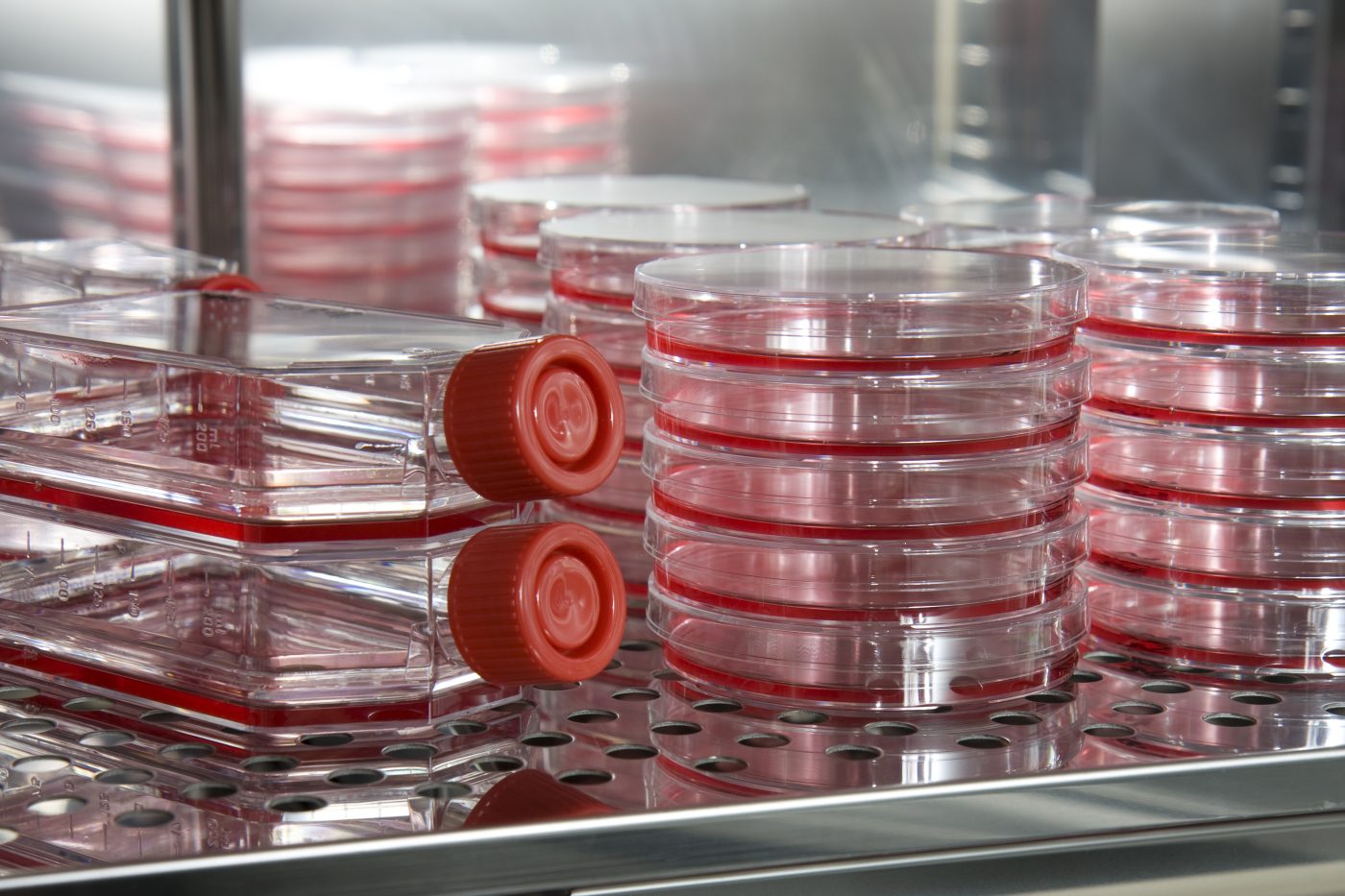New Method To Generate Muscle Fibers Offers a Better Research Model for Muscular Dystrophies

A study recently published in the journal Nature Biotechnology revealed a new technique to generate muscle fibers in a laboratory setting, offering a better model to study muscular diseases including Duchenne muscular dystrophy (DMD). The study is entitled “Differentiation of pluripotent stem cells to muscle fiber to model Duchenne muscular dystrophy” and was developed by an international team of researchers.
One of the most abundant tissue types in the human body is skeletal muscle. However, contrary to other cell types, it has been difficult to establish an efficient method to culture and produce large amounts of these cells in the laboratory. Now, researchers have developed a method to generate millimeter-long muscle fibers that are capable of contracting and multiplying in large numbers in a laboratory dish.
The research team’s was to develop an efficient method that provided large numbers of muscle cells that could be used in clinical applications. For this purpose, the team first investigated all the the muscle developmental stages so that they could mimic the process.
“We took the hard route: we wanted to recapitulate all of the early stages of muscle cell development that happen in the body and recreate that in a dish in the lab,” said the study’s senior author Dr. Olivier Pourquie from the Brigham and Women’s Hospital in a news release. “We analyzed each stage of early development, and generated cell lines that glowed green when they reached each stage. Going step by step, we managed to mimic each stage of development and coax cells toward muscle cell fate.”
Researchers found that a specific combination of factors secreted by cells was important in early embryonic stages and also for the induction of differentiation from stem cells to particular cell types. The team defined the right recipe to induce differentiation in a laboratory setting, producing long, mature muscle fibers from mouse or human pluripotent stem cells.
Through this technique, researchers were able to culture stem cells from a mouse model of DMD, an inherited disorder characterized by a rapid progressive skeletal muscle weakness caused by chronic inflammation and the degeneration of muscle cells and tissue, which can compromise locomotion and the respiratory function, leading to breathing complications and cardio-respiratory failure. DMD has a rapid progression, affecting mainly boys, and the majority of the patients require a wheelchair by the age of 12, often succumbing to the disease in their 20s. The team reported that the muscle fibers obtained from DMD mouse stem cells had the characteristic branched pattern seen in patients.
Furthermore, the team also generated more immature cells (called satellite cells) that were able to generate normal muscle fibers when transplanted into a mouse model of DMD. Further studies are required to evaluate whether this new strategy could have therapeutic value in the treatment of degenerative muscular diseases in humans.
The research team concluded that this new method for the generation of muscle fibers in the laboratory offers a better model to study not only DMD but also other muscle disorders and potential therapeutic approaches.
“This has been the missing piece: the ability to produce muscle cells in the lab could give us the ability to test out new treatments and tackle a spectrum of muscle diseases,” concluded Dr. Pourquie.






